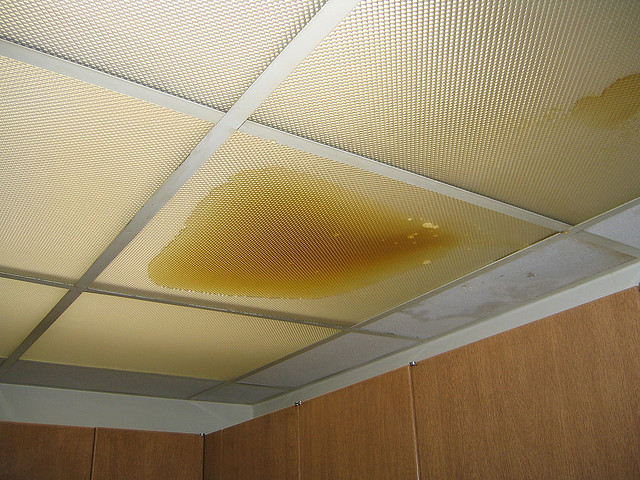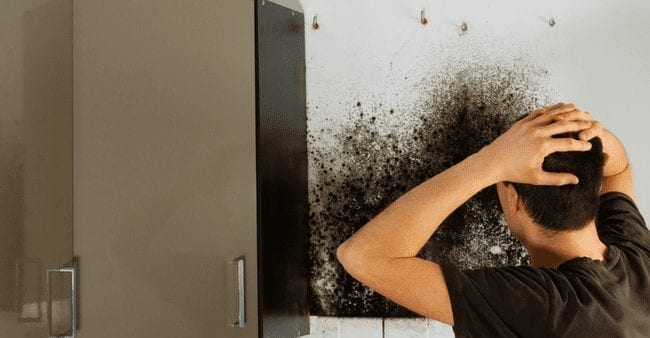6 Methods to Detect Hidden Water Line Leaks Efficiently
6 Methods to Detect Hidden Water Line Leaks Efficiently
Blog Article
Just about everyone may have their unique assumption when it comes to Hacks to detect leaks.

Early detection of leaking water lines can reduce a potential calamity. Some small water leaks may not be noticeable.
1. Examine the Water Meter
Every home has a water meter. Inspecting it is a surefire manner in which helps you uncover leaks. For beginners, switch off all the water resources. Ensure no person will purge, make use of the tap, shower, run the washing maker or dishwashing machine. From there, go to the meter as well as watch if it will certainly alter. Given that no one is using it, there need to be no motions. That suggests a fast-moving leak if it relocates. If you identify no adjustments, wait an hour or two and check back once more. This indicates you may have a slow-moving leakage that can also be below ground.
2. Examine Water Consumption
If you find abrupt changes, despite your usage being the exact same, it indicates that you have leaks in your plumbing system. An unexpected spike in your expense shows a fast-moving leak.
A stable increase every month, also with the exact same routines, shows you have a slow-moving leakage that's likewise slowly escalating. Call a plumber to thoroughly examine your building, particularly if you feel a warm location on your floor with piping below.
3. Do a Food Coloring Examination
When it comes to water intake, 30% comes from bathrooms. If the color in some way infiltrates your bowl during that time without flushing, there's a leakage in between the container and also dish.
4. Asses Exterior Lines
Don't neglect to inspect your outdoor water lines also. Needs to water leak out of the connection, you have a loose rubber gasket. One small leak can waste tons of water and also surge your water bill.
5. Analyze the scenario as well as inspect
Homeowners must make it a habit to check under the sink counters and also even inside cupboards for any bad odor or mold and mildew growth. These 2 red flags indicate a leakage so punctual attention is required. Doing regular assessments, also bi-annually, can save you from a significant problem.
If you know your house is already old, maintain a watchful eye on your heating units, tubes, pipes and so on. Check for stainings and deteriorating as a lot of home appliances and also pipelines have a life expectancy. They will likewise normally degrade because of wear and tear. If you suspect dripping water lines in your plumbing system, do not wait for it to rise. Call a specialist plumber right now so you do not end up with a horrible mess in your house.
Early detection of dripping water lines can minimize a potential calamity. Some small water leakages may not be noticeable. Inspecting it is a surefire method that assists you discover leakages. One tiny leak can throw away lots of water and also spike your water bill.
If you think leaking water lines in your plumbing system, do not wait for it to rise.
How to Know If Your Home Has a Hidden Leak
Water Meter Reveals Inexplicable Water Usage
If you’d like to test whether or not there’s a leak somewhere in your home, you can do this using your water meter. Here is how to conduct the test:
Don’t use any water in your home for at least 30 minutes; this also means not turning on faucets or water-using appliances.
Go outside, and check your water meter for activity.
If your water meter shows that there was activity, even though no one was using any water, this proves that there is a leak in your home.Visible Mold or Mildew Growth
Leaks behind walls create moist, dark environments that allow mold and mildew to grow and thrive. Eventually, you might see mold growth forming on the wall closest to a hidden leak.
If mold is growing in an area that receives a high amount of moisture, such as a bathroom, it may simply be an indication that better ventilation is needed. However, if you see mold growth on a wall or the ceiling in an area where you would not expect, you probably have a hidden leak.
Musty, Mildew Odor
Sometimes you might not be able to see the mold or mildew that is growing as a result of a leak. However, the smell can give the problem away just as easily. If you catch a whiff of something musty, there’s a good chance that old water is collecting somewhere in your home that you can’t see.
Stained/Warped Walls, Ceilings, or Floors
When your home soaks up water, a variety of red flags can become visible, including ceiling stains, bubbling drywall, warped walls, and sagging floors. While these issues can be caused by excess humidity, they can also be signs that a pipe or plumbing connection has started leaking behind your walls.
Inexplicably High Water Bill
After a while, you get a general sense for what your water bill should be. If you own a pool or sprinkler system, your bill will tend to be higher during summer. However, if you receive a water bill that seems especially high, and you can’t figure out what caused it, then you may have a hidden leak somewhere that’s increasing your bill.
https://www.plumbingjoint.com/blog/2019/july/how-to-know-if-your-home-has-a-hidden-leak/

I'm certainly very occupied with Hacks to detect leaks and I'm hoping you liked the entire blog entry. Feel free to set aside a second to promote this content if you appreciated it. We enjoy reading our article about Top leak detection hacks.
Certified solutions offered. Report this page